Introduction
Dietary choices play a crucial role in the journey of individuals who have undergone dental implant surgery. The foods one consumes during recovery can significantly impact the healing process and the long-term success of dental implants. This article, focusing on “foods not to eat with dental implants,” is a comprehensive guide to help individuals make informed choices about what foods to include and avoid after dental implants.
One remarkable advantage of dental implants is their ability to restore a significant portion of chewing ability. In contrast to traditional dentures, which retain only 20% of chewing ability, dental implants offer a substantial improvement. Patients can have up to 90% of their natural chewing capacity with these artificial teeth. This increased functionality allows for a more diverse and satisfying diet, making dental implants popular for those seeking a long-term solution to tooth loss.
Beyond the physical aspects, food is closely tied to social engagement and enjoyment. Sharing meals with others is a fundamental part of our lives, fostering connections and memorable experiences. Dental implants restore the ability to eat a wider variety of foods and contribute to the overall quality of life. This guide aims to provide insight into the dietary considerations for dental implant patients, helping them make choices that promote successful healing and enhance their overall dining experience. Whether it’s the immediate post-surgery phase, the healing period, or long-term care, understanding what foods are best for dental implant recipients is essential for optimal results.
Immediate Post-Procedure Dietary Recommendations
A. Importance of the First 24 Hours after Dental Implant Surgery
The first 24 hours after dental implant surgery are crucial for a successful recovery. During this period, the body is healing, and the mouth, specifically, is sensitive. Following dietary guidelines that promote healing and minimize potential complications is paramount. These recommendations ensure that patients make the right choices during this critical phase.
B. Waiting for Anesthesia to Wear Off
One key aspect of post-implant surgery dietary care is to wait until the effects of anesthesia have completely worn off. The reason is simple yet significant. Anesthesia numbs the mouth, making it challenging to sense temperature and pressure accurately. Eating during this state can lead to accidental injury, as one might unknowingly bite the inside of one’s cheek or tongue. Therefore, patience is advised during these initial hours to prevent unnecessary complications.
C. Foods to Avoid in the Immediate Post-Procedure Phase
Understanding what foods to avoid during the first 24 hours is essential. It is advisable to steer clear of complex, hot, spicy, and acidic items. Hard foods can damage the surgical site, while hot and spicy foods cause discomfort or irritation. Acidic foods can also hinder the healing process and increase the risk of infection. These dietary restrictions are in place to protect the surgical area and promote successful recovery.
D. Staying Hydrated with Water
While some foods are restricted in the immediate post-procedure phase, staying hydrated is paramount. Drinking water is encouraged as it aids in the recovery process. Adequate hydration supports the body’s healing mechanisms and helps flush toxins out. Therefore, patients should remember to consume sufficient water, even if they do not feel particularly thirsty.
E. Avoiding Straws, Absorbents, Alcohol, and Tobacco
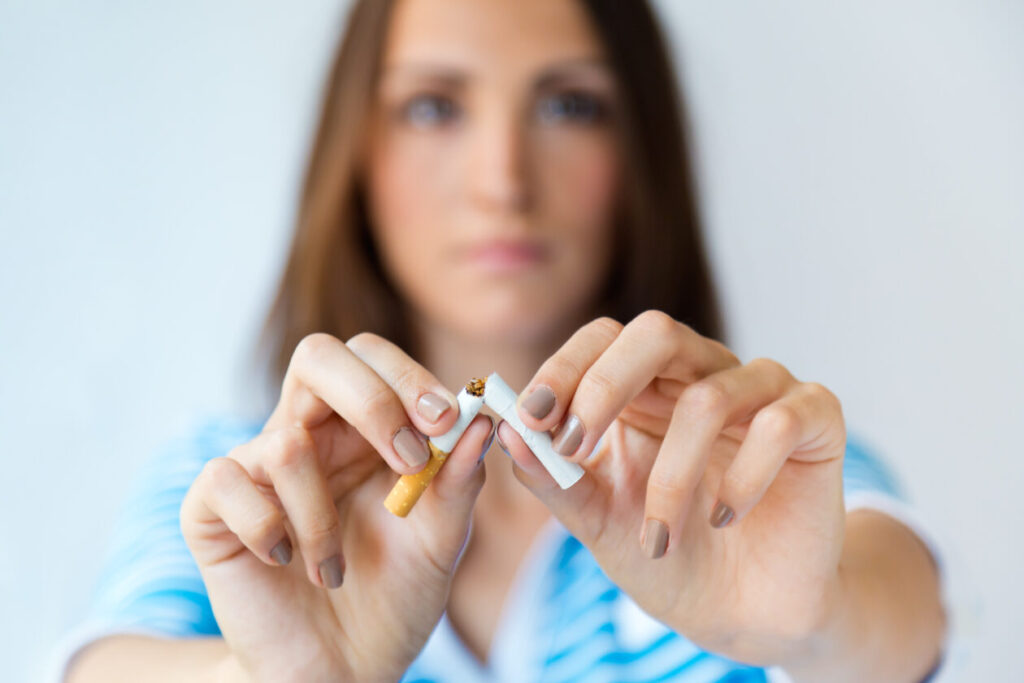
In addition to food choices, certain habits and consumables should be avoided. Straws and absorbent materials should not be used because they can exert pressure on the surgical site, potentially leading to complications such as bleeding. Alcohol and tobacco, known for their adverse effects on healing, should also be refrained from during this initial phase. These substances can hinder the recovery process and compromise the success of dental implants. Therefore, their avoidance is strongly recommended to ensure a smooth and uneventful healing journey.
Healing Phase Diet (10 to 15 Days)
A. Continued Restrictions on Certain Foods
Adhere to certain dietary restrictions during the healing phase, which spans approximately 10 to 15 days after dental implant surgery. While the immediate post-procedure stage is marked by extreme caution, this phase allows for a gradual expansion of food choices. Nevertheless, some foods should still be avoided to ensure smooth healing.
B. Introducing Soft-Textured Solid Foods
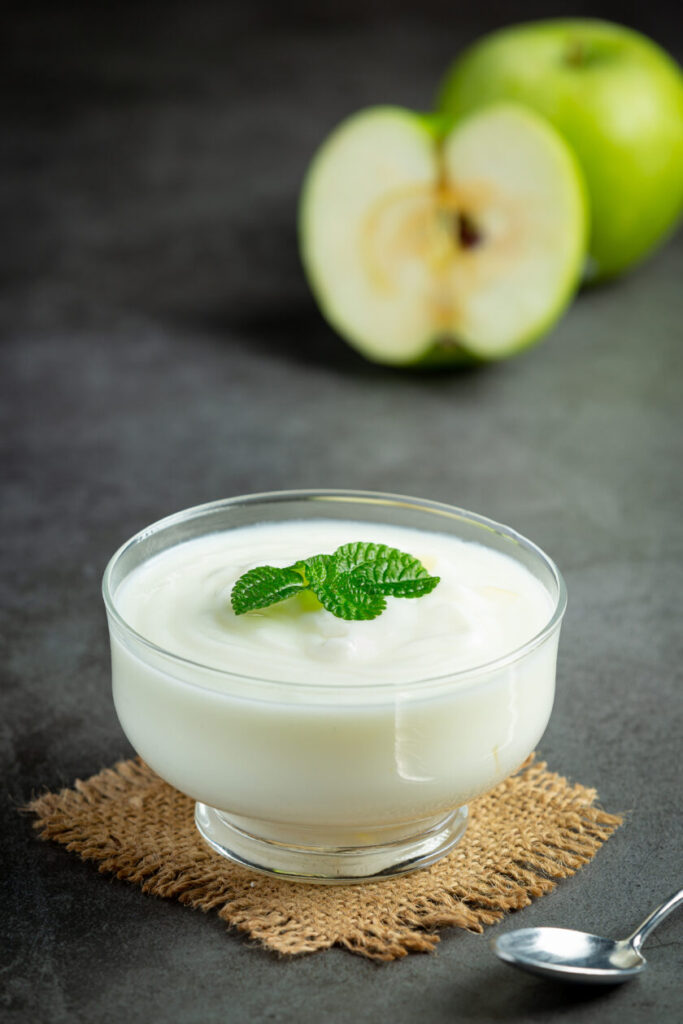
In this phase, patients can incorporate soft-textured solid foods into their diet. These foods are more forgiving on the surgical site and help transition from a liquid-based diet. Soft-textured solids include eggs, boiled potatoes, chicken, fish, and ground meat. These choices make it easier to resume a more normal diet without risking discomfort or damage to the implants.
C. Chewing on the Non-Implant Side
An essential aspect of the healing phase diet is chewing on the non-implant side. This technique minimizes the risk of putting excessive pressure on the implant area, reducing the likelihood of complications. Patients can maintain comfort and security by favoring the non-implant side for chewing while enjoying various soft-textured solid foods.
D. Suggested Food Options for Ease of Digestion
To facilitate digestion during the healing phase, it is advisable to include foods that are easy to digest. Purees and soft dairy products are excellent options. They not only provide essential nutrients but also help in preventing any strain on the digestive system. These foods offer a delicate balance between nutrition and digestibility, which is vital for recovery.
E. Using Straws and Enjoying Slightly Hot Foods
Patients can reintroduce the use of straws as the healing phase progresses, which may have been restricted in the immediate post-procedure phase. Additionally, slightly hot foods can be consumed without risk, as they are less likely to cause discomfort. These developments in the diet offer more flexibility and contribute to a more enjoyable dining experience.
F. Emphasizing Proper Oral Hygiene
Throughout the healing phase, it remains crucial to maintain proper oral hygiene. While patients are gradually transitioning to a more varied diet, it is essential to be cautious while cleaning the mouth. Avoiding aggressive brushing around the surgical area is advised. Patients may receive personalized instructions from their dentists to ensure they maintain optimal oral hygiene and support the healing process effectively.
Osseointegration Phase Diet (3 to 6 Months)
A. Relaxed Dietary Recommendations during this Stage
The osseointegration phase, 3 to 6 months post-dental implant surgery, offers more relaxed dietary recommendations than the earlier steps. By this stage, the dental implants have ideally started integrating with the jawbone. Patients can gradually expand their food choices with increased flexibility and less concern about potential harm to the implants. While caution is still required, the overall dietary outlook becomes more favorable.
B. Role of Vitamins C and D in Supporting Implant Integration
Vitamins are vital in integrating dental implants with the bone during osseointegration. Scientific studies have highlighted the significance of vitamins C and D in supporting this process—vitamin C aids in collagen production, which is essential for forming vital connective tissues around the implant. Vitamin D, on the other hand, contributes to calcium absorption, promoting bone health and the successful fusion of the implant. Patients are encouraged to incorporate foods rich in these vitamins into their diet. Sources of vitamin C include fruits like oranges and strawberries, while vitamin D can be obtained from sources like milk, eggs, and sunlight exposure.
C. Continued Avoidance of Smoking and Alcohol
Although the dietary restrictions may become more relaxed during the osseointegration phase, some habits remain off-limits. Smoking and alcohol consumption, known for their detrimental effects on the healing process, should continue to be avoided. These substances can compromise the implant’s integration with the bone, increasing the risk of complications. Patients should remain diligent in abstaining from smoking and alcohol to ensure the long-term success of their dental implants.
D. Consumption of Very Hard, Sugary, and Sticky Foods with Caution
While the dietary guidelines ease during this phase, some foods still warrant caution. Very hard, sugary, and sticky foods should be consumed carefully to prevent potential harm to the implants. Tough foods can exert excessive force on the implants, and sugary or sticky items can lead to complications. Therefore, while dietary restrictions are less stringent, exercising caution when including these foods is prudent.
E. Hot Foods Are Generally Safe to Eat
In the osseointegration phase, hot foods are generally safe to consume. Unlike the immediate post-surgery stage, where hot foods could cause increased sensitivity, the healing process now allows for more freedom in food temperature. Patients can enjoy hot meals without concern about discomfort or adverse effects on the dental implants. This development offers a more enjoyable dining experience while continuing to prioritize the implants’ well-being.
Reasons Behind Dietary Guidelines
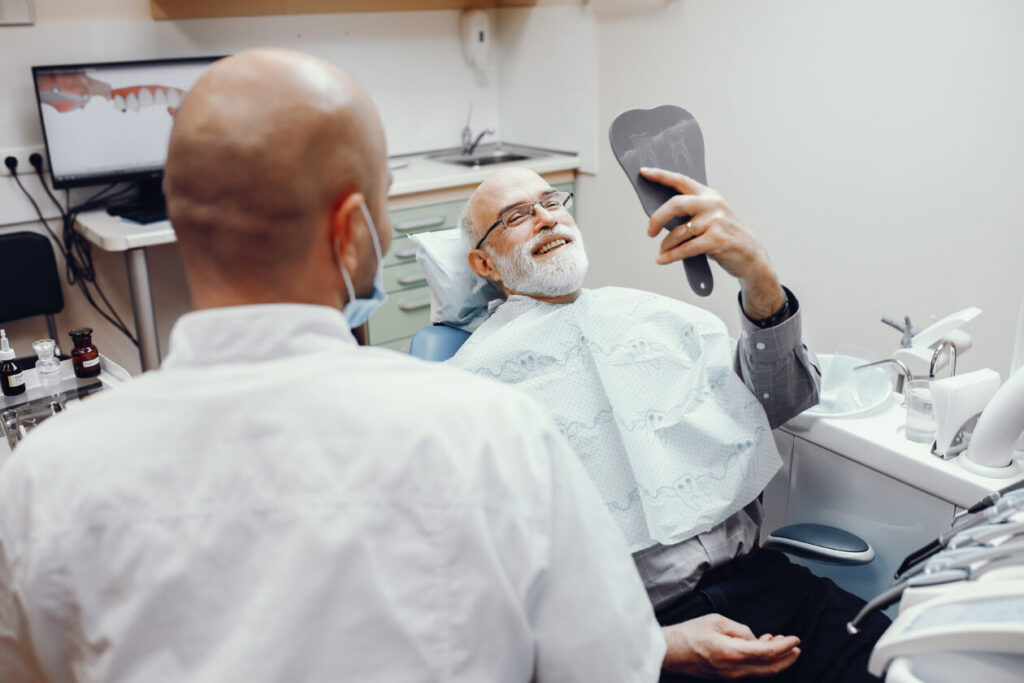
It’s important to clarify that dietary recommendations for dental implant patients are not linked to the quality of the implants themselves. These guidelines are universal and applied to anyone who has undergone dental implant surgery, regardless of their location. Dental implants become similar to natural teeth once integrated into the jawbone. Focusing on specific dietary choices supports various aspects of the dental implant journey rather than reflecting on implant quality.
Dental implant recovery comprises three phases: postoperative, healing, and osseointegration. Dietary guidelines are designed with three primary objectives in mind for each step. The immediate postoperative phase focuses on ensuring optimal healing in the initial 24 hours to the entire first week. Patients are advised to abstain from hard foods and hot foods to prevent complications during this time. The second phase, healing, extending for 10 to 15 days, promotes the complete recovery of the gum area while incorporating soft-textured solid foods like purees and soups.
The final osseointegration phase, lasting from 3 to 6 months, concentrates on integrating the implant with the bone. It is vital to support this process by consuming foods rich in vitamins C and D, avoiding smoking and alcohol, and exercising caution with tough, sugary, and sticky foods. Each phase has its dietary objectives to ensure the implant’s success.
These dietary guidelines are paramount to the dental implant journey, from initial recovery to long-term care. They are crucial for ensuring successful healing and vital for fostering the osseointegration process and maintaining the implant’s overall well-being. The guidelines are rooted in practicality and science, with the patient’s health and comfort as the ultimate priorities. Understanding and following these recommendations is critical to a smooth and complication-free dental implant experience, so patients are encouraged to be well-informed and diligent in their dietary choices.
Foods Not to Eat with Dental Implants
A. General Considerations
There are some general principles to remember regarding foods that should be avoided with dental implants. Dental implants, although robust, are not invulnerable. Certain foods can pose a risk to their longevity and successful integration. To maintain your dental implants’ health and integrity, it is advisable to steer clear of the following types of foods:
- Hard Foods: Foods like nuts, popcorn, and hard candies should be consumed cautiously or avoided altogether. Biting into these hard items can exert excessive pressure on the implants and potentially lead to damage or complications.
- Hot Foods: Scorching foods can increase sensitivity around the implant area, especially in the immediate postoperative phase. While hot foods can be enjoyed during the osseointegration phase, waiting until they reach a more moderate temperature in the initial healing period is recommended.
- Spicy Foods: Spicy foods, including hot sauces and tangy fruits, can irritate the gums and hinder healing. It’s advisable to avoid spicy items, especially in the immediate postoperative phase when gums are inflamed and sensitive.
- Crunchy Foods: Crunchy items such as popcorn, French fries, or hard vegetables can get lodged between the gum and the implant, posing a risk of injury and discomfort. It’s best to consume these foods cautiously or favor softer alternatives during the initial recovery phases.
- Sugary Foods: Foods high in sugars, like candies and sugary snacks, should be limited. During the first 24 hours post-surgery, thorough brushing may not be possible, and sugar can promote bacterial growth that may affect healing.
B. List of Specific Foods to Avoid
- Nuts: Hard and challenging to chew, nuts can exert excessive force on dental implants.
- Hard Candies: These can be particularly damaging due to their toughness.
- Popcorn: Popcorn kernels are known to get stuck between teeth and can pose a risk to dental implants.
- Hot Coffee and Soups: Scorching foods and beverages can increase sensitivity in the initial recovery period.
- Spicy Foods: Spices and hot sauces can irritate inflamed gums, a common condition during healing.
- Crunchy Vegetables: Vegetables like raw carrots or celery should be avoided initially.
- Sugary Snacks: High-sugar items may affect oral hygiene during the first 24 hours post-surgery.
By being mindful of these guidelines and avoiding these specific foods during the appropriate recovery phases, you can help ensure the long-term success of your dental implants. Always consult your dentist for personalized dietary advice to address your unique needs and circumstances.
Conclusion
Understanding the significance of dietary choices for dental implant patients is essential for a successful implant journey. Dental implants’ ability to mimic natural teeth and retain up to 90% of chewing ability highlights their transformative impact. However, the journey doesn’t stop at the surgical table; what you eat is pivotal to your dental implant’s long-term success.
Adhering to dietary recommendations is not a reflection of implant quality but a universal necessity for anyone who has undergone dental implant surgery. Three primary objectives guide these recommendations during different recovery phases:
- Promoting healing in the immediate postoperative phase
- Ensuring the complete healing of the gum area during the healing phase
- Supporting the integration of the implant with the bone in the osseointegration phase
By following these guidelines, patients can facilitate a smooth healing process, robust osseointegration, and long-term implant care.
Finally, we strongly encourage readers to consult their dentists for personalized dietary advice. While this article provides valuable insights, your dentist can offer tailored guidance based on your unique situation. Dental professionals possess the expertise to ensure that your dietary choices align with your specific needs and the optimal care of your dental implants. By partnering with your dentist and being mindful of your nutritional decisions, you can look forward to a successful and enduring dental implant experience.
Was this helpful?

Joseph Emb, RDN
Founder of StyleVitally.com | Registered Dietitian & Wellness Advocate
What I Cover:
I’m passionate about connecting nutrition science and everyday wellness to help people live healthier, more vibrant lives. I write about evidence-based nutrition, mindful eating, sustainable lifestyles, and holistic well-being at StyleVitally.com.
My Background:
The University of Texas in Austin, where I earned my Dietetics diploma, laid the groundwork for my nutrition and health career. My training and hands-on experience taught me the science and art of using nutrition to enhance health and well-being.
Professional Journey:
I’m an RDN with lots of experience. I’ve helped people seeking tailored nutritional recommendations in clinical settings and community outreach programs. My constant learning and professional development ensure that my recommendations are always based on the latest evidence.
Ethical Commitment:
My practice prioritizes integrity. My content is transparent and objective, following the most significant ethical standards. I can give my audience unbiased advice because I’m not affiliated with food businesses or industry associations. I want to help people make informed health decisions that match their values and ambitions.
Join Me on the Wellness Journey:
Join me on the path to vitality and well-being, whether facing nutritional issues, seeking sustainable lifestyle changes, or simply wanting a better, happier you. We’ll discover how diet, mindfulness, and holistic well-being can maximize your potential.




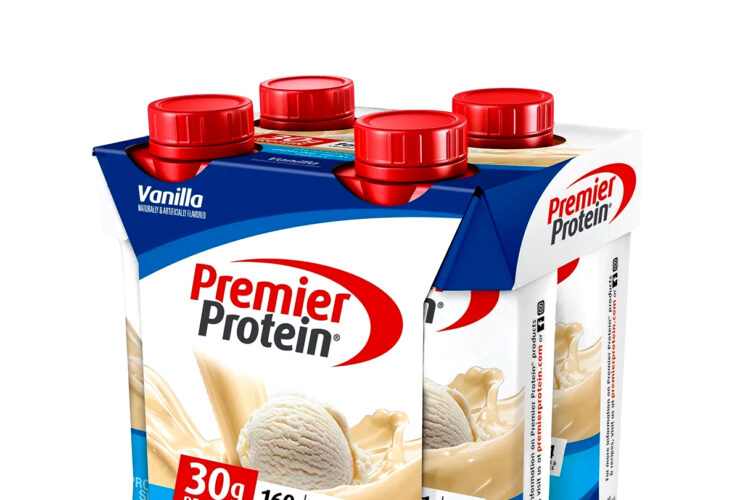

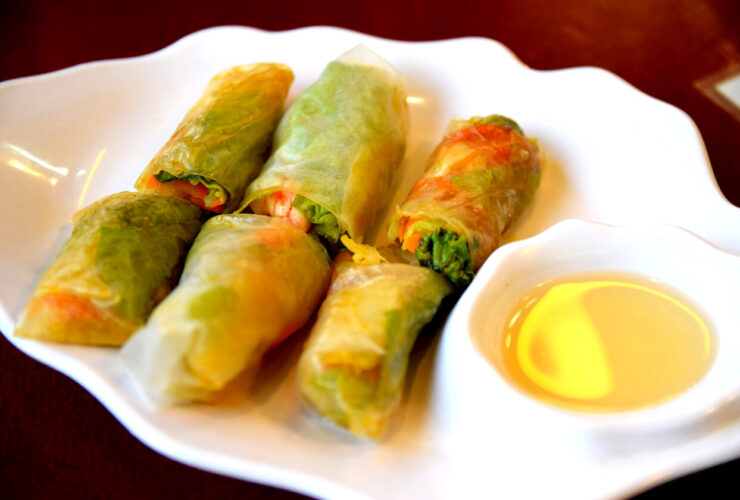
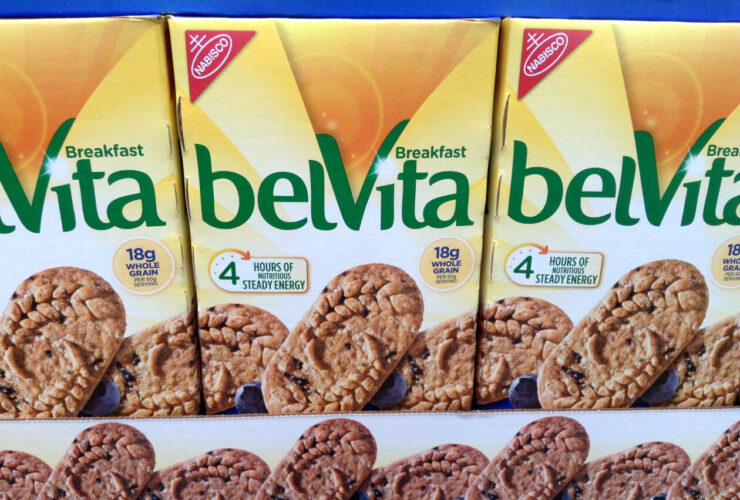
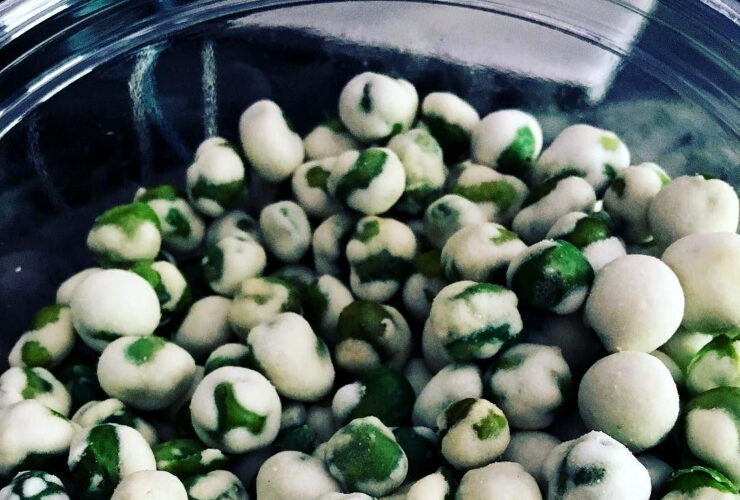
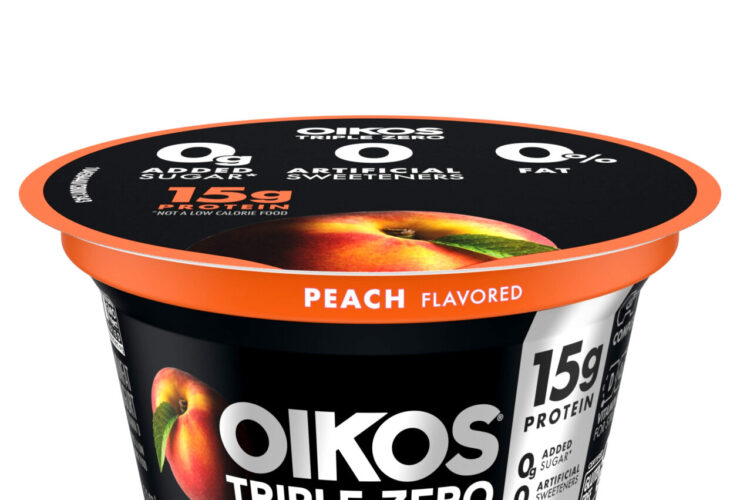
Leave a Reply
View Comments